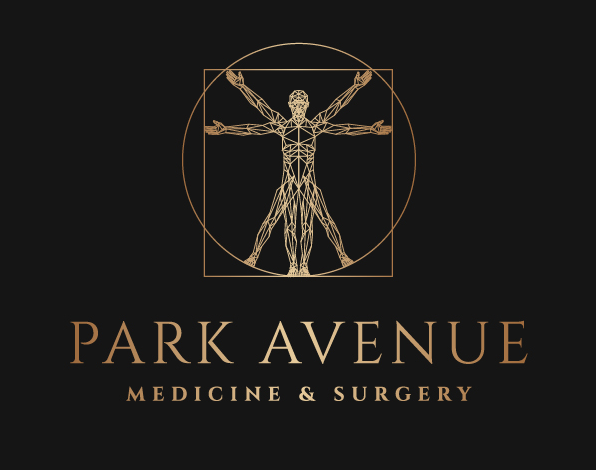Posture And Pain
Many of us have memories of our mother, doctor, or physical therapist warning us to fix our postures. And they were right to warn us -- it is very important to have good posture, as back pain often results over the course of the day from everyday behaviors and habits. However, what exactly is posture? We often think of posture as a static position, but this is not completely true. According to www.painscience.com, posture is the sum of dynamic motions, habits, and responses to things that make you less upright or functional, with one example being gravity. As such, it is difficult to “fix posture” as it is a compilation of your motions, of how you live and move throughout your daily life.
In order to improve our posture, we must first identify what good posture looks like. The following information comes from www.spine-health.com. A good sitting posture involves having a straight back against the back of the chair with elbows at 75 to 90 degrees angles. Knees should be even with the hips, and feet should be planted on the ground fully. It is important for shoulders to be straight when facing the desk. An important note is to consider investing in ergonomically designed chair if you work a sedentary job that requires large durations of time sitting. This would provide proper back support and help alleviate or avoid back problems. Even with an ergonomic chair, it is important to stand up once in a while to take a break from sitting and stretch.
A good standing posture is something less thought about. The following information also comes from www.spine-health.com. This involves standing with most of your weight distributed on the balls of your feet, with feet slightly spread around to be around shoulder-width. The head should be square on top of the spine, and you should be standing straight and tall, with knees unlocked. When standing for long durations of time, it is important to shift your weight from one foot to another periodically or to rock from your toes to heels. In order to understand what good standing posture looks like, you can stand up against a wall so that your shoulders and your bottom touch the wall. In this position, optimally the back of your head should be hitting the wall as well. If the head is not touching the wall, then your neck is going too forward. When walking, eyes should be facing straight forward, and the shoulders should be aligned with the rest of the body. Essentially, you should focus on good standing posture as well when walking.
A key underlying concept in posture, be it for standing, sitting, or walking, is that staying in the same position for long periods of time is not good for your body, even if it is considered to be good posture. As such, it is important to take occasional breaks to stretch and relax, moving your muscles and bodies to relieve stiffness. For example, if you are on a long drive, you should make sure to plan several stops around the way to stop driving for a couple minutes, stand up and walk around, and stretch your back and legs. The overwhelming cause of bad posture is often tense muscles, which causes us to pull our body out of alignment. Relaxing the major back problems can help ameliorate your problems immensely. Many people find chiropractic and osteopathic manipulation, yoga, and mental relaxation techniques to be helpful in doing so.
However, some studies seem to indicate that bad posture may not be the root cause of many of our physical problems. In his article, Paul Ingraham indicates that although posture is very important to our health and wellbeing, we may be giving it more credit than it deserves. He writes that the perceived importance of posture is far greater than the actual importance of posture, and that the problems with posture are blown out of proportion. Stubborn pains and aches are better alleviated by a good massage or some physical activity, rather than nitpicking endlessly on your own posture.
Naturally, we avoid many of the worst postural problems, as we will not willingly take positions that would cause us physical pain. However, we do not always avoid unnecessary stress, which causes what postural problems we may have. We may not want to work a 9 to 5 job in front of a computer, but we do. Posture is one of many causes of pain problems, but sometimes it should not be the first fix to make to alleviate an ache. For example, it has been proved that a hunched back does not lead to shoulder pain, despite what we have been grown up being told by our parents and doctors.
Good posture is dynamic -- it requires you to keep moving, not stay in one position for too long. We have become sedentary creatures, which often creates limitations on improving our postures. Often time, posture is the result of a long time, perhaps even a lifetime, of habits and adaptations, making it nearly impossible to improve. In fact, postures that cause severe damage and have an easy fix is rare. Although maintaining a good posture would definitely help improve physical pain and ameliorate your quality of life, it may not have as large an impact on our lives than we emphasize. Remembering to exercise and being in dynamic motion may be more important than having good posture. Your parents or doctors are not wrong -- maintaining good posture is important, but it should be done in conjunction with other actions to actually improve motor function and ailments.
References:
https://www.spine-health.com/wellness/ergonomics/posture-straighten-your-back



